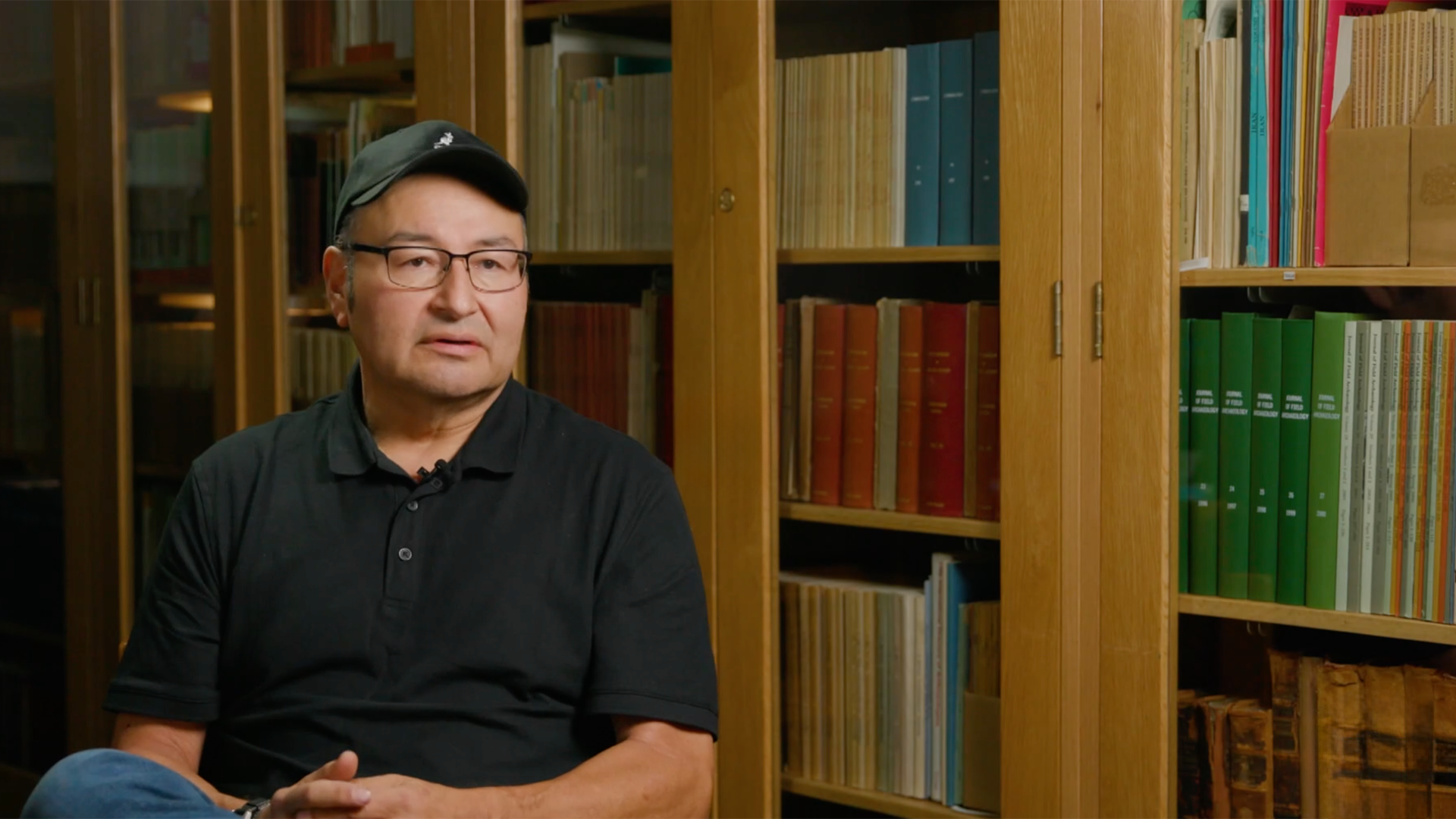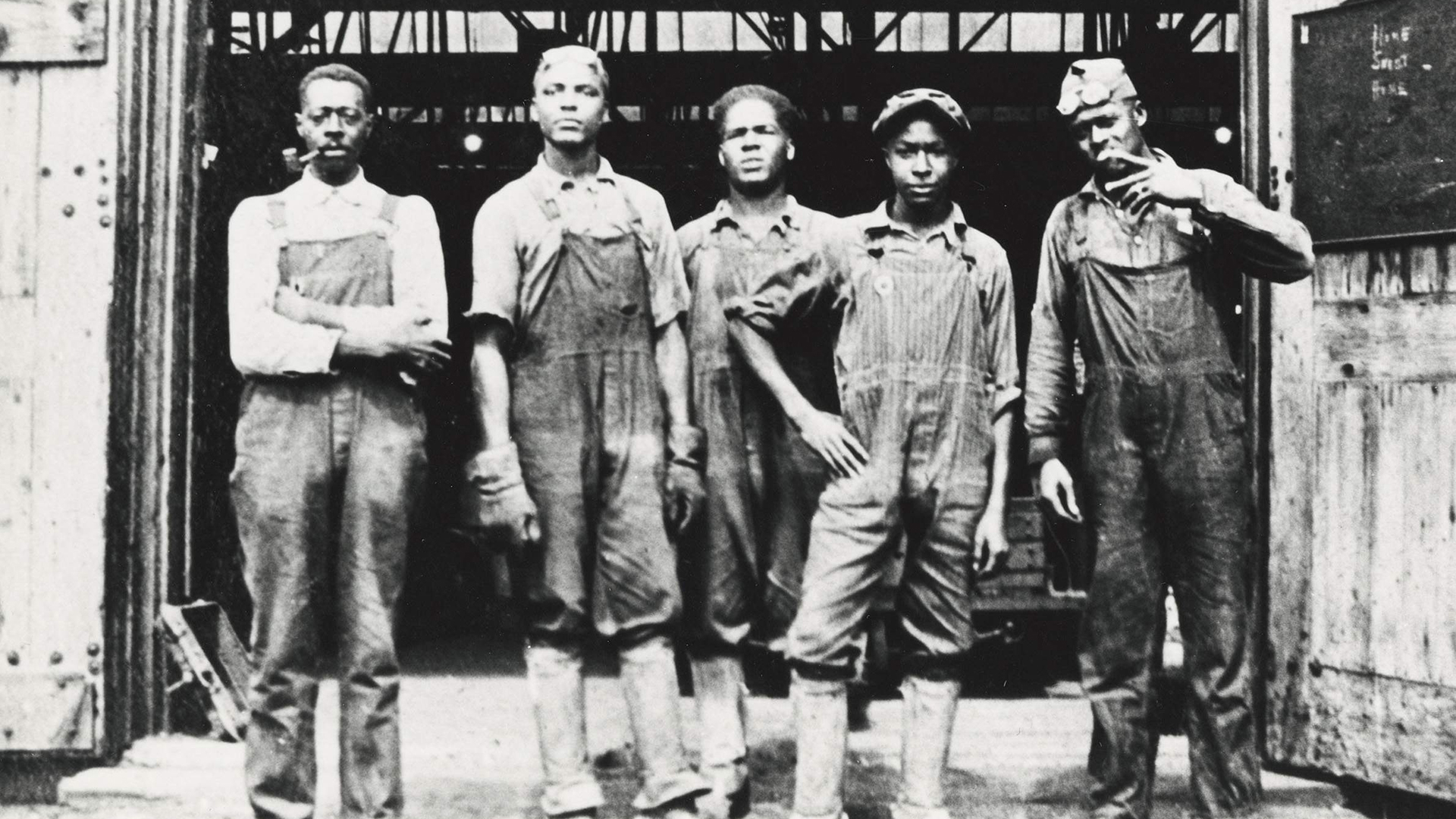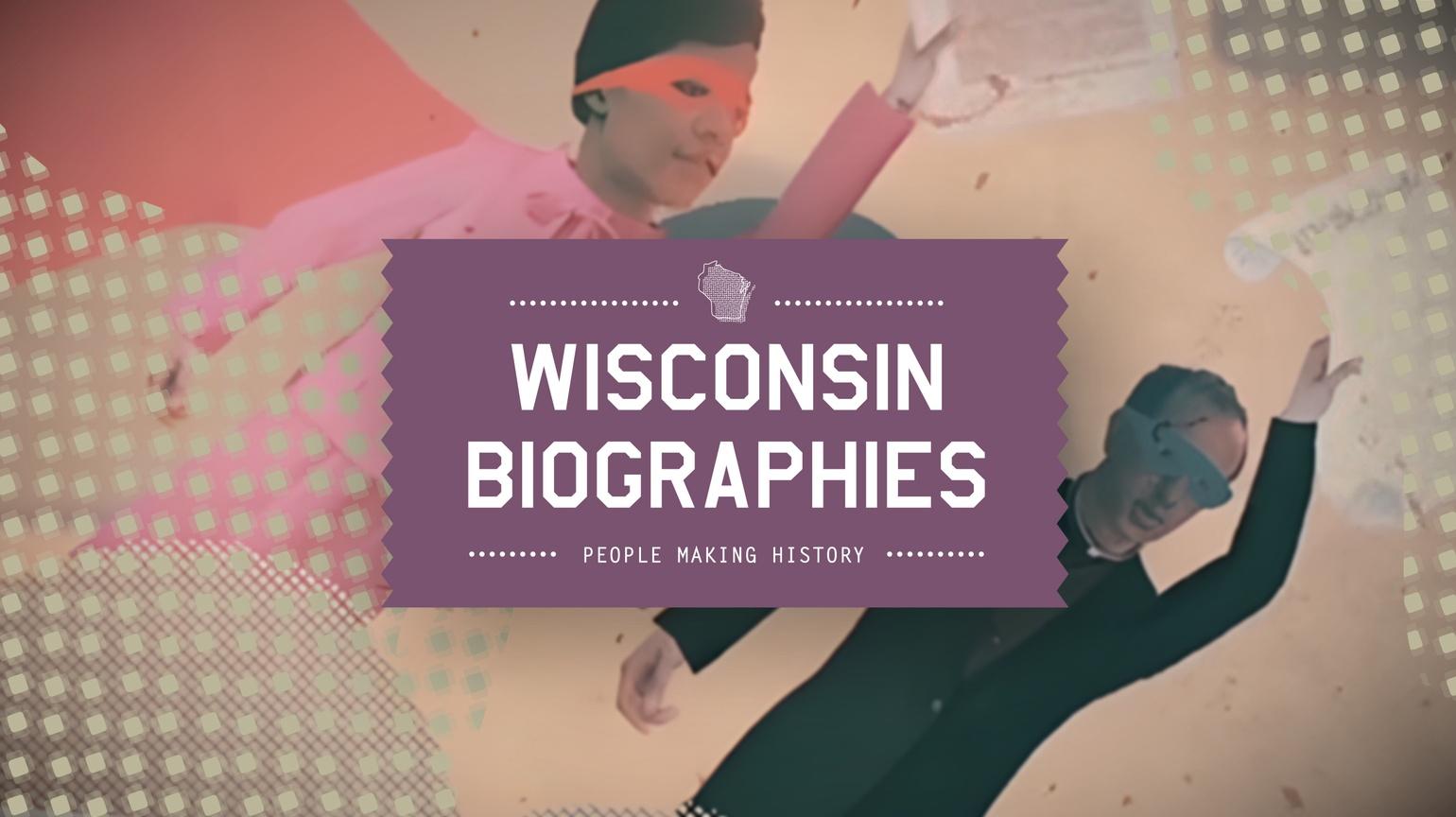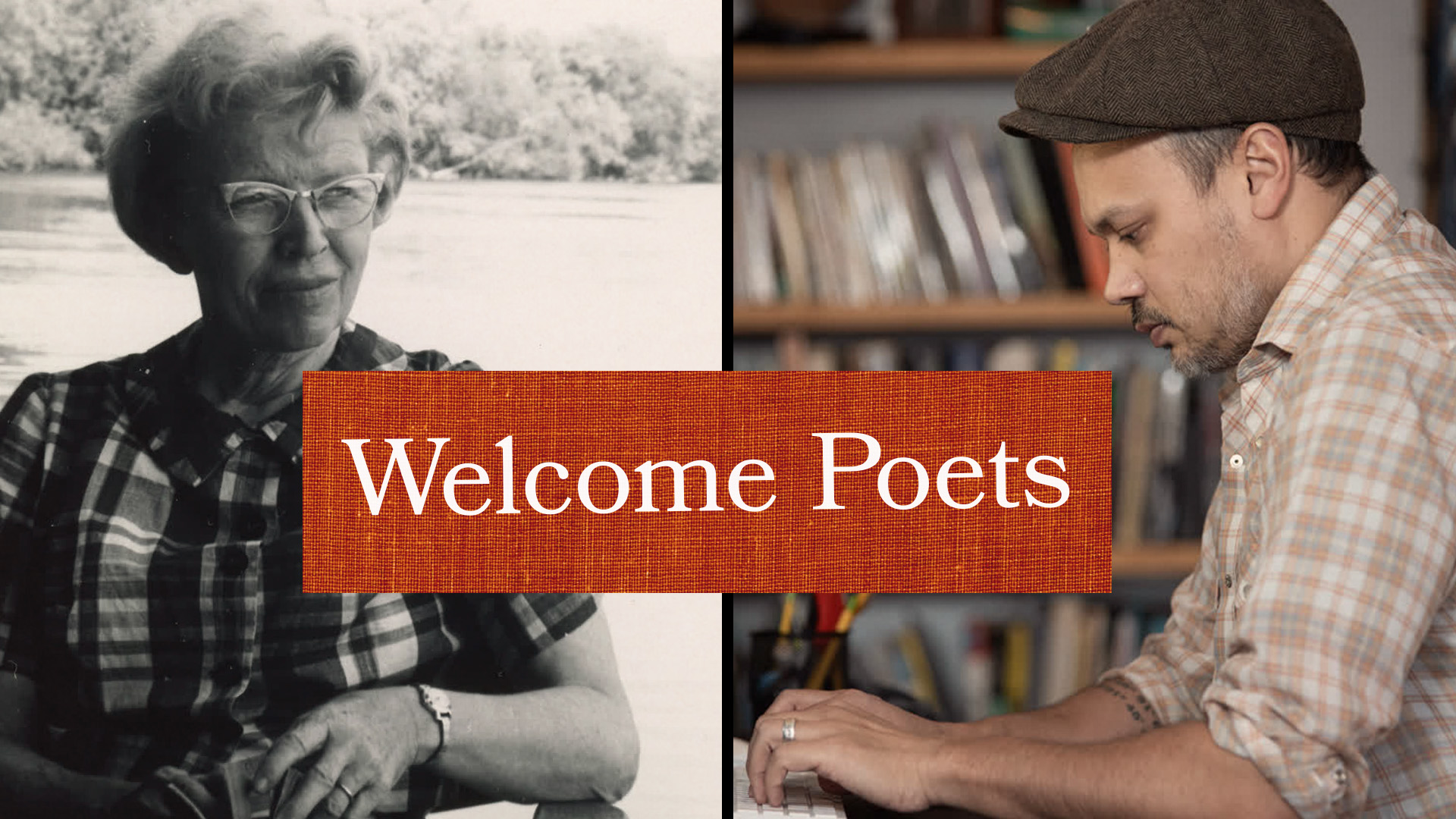When PBS Wisconsin and local partners set out to tell the story of Beloit, the team behind Wisconsin Hometown Stories knew the city’s identity couldn’t be understood without telling the rich histories of its Black and Indigenous communities.
Wisconsin Hometown Stories: Beloit traces the city’s transformation from a Ho-Chunk village to an industrial hub, while ensuring the documentary conveys voices sometimes overlooked in civic retrospectives.
Grounded in Indigenous presence
Ho-Chunk Tribal Historic Preservation Officer Bill Quackenbush shares the meaning behind Ke-Chunk, the original name for Beloit: “Turtle.” For centuries, the confluence of the Rock River and Turtle Creek served as a seasonal gathering and trade site for the Ho-Chunk people. Their relationship to the land — interrupted by forced removal and war — is presented not as a background detail, but as the foundation of Beloit’s geography and legacy.
Black migration and community building

Bill “Nąąwącekǧize” Quackenbush, Ho-Chunk Deer Clan Tribal Member serves as the Tribal Historic Preservation Officer (THPO) and Cultural Resources Division Manager for the Ho-Chunk Nation.
The story also highlights the Great Migration, when Black families from Pontotoc, Mississippi, moved to Beloit for industrial jobs. The city became a place in Wisconsin where Black families formed lasting neighborhoods. In a moving program extra, Wanda Sloan, Marcus “Mickey” Marzette, and Pastor Lawrence Hoskins reflect on their families’ experiences in the Fairbanks Flats, recalling the joys, resilience and mutual care of Black community life. Beloit was also home to Wisconsin’s first NAACP chapter.

Black foundry workers at Fairbanks, Morse and Company, a foundry best known for building engines of many kinds. From left to right: Solomon Deberry, Curtis Barber, two unidentified co-workers, and Deberry’s son, Booker T. Deberry. (Wisconsin Historical Society ID 71720, circa 1925).
Through interviews, archival footage and on-location filming, the documentary shows how Black residents in Beloit built mutual aid networks and their own civic institutions when barred from white spaces.
By weaving these histories into the broader narrative, Wisconsin Hometown Stories: Beloit offers a deeper view of the city — one shaped by many hands and made stronger by the voices uplifted in this documentary.
Our team aims to make visible the people and places that have always mattered in Beloit, even when they haven’t always been named.

Holly De RuyterHolly De Ruyter
 Passport
Passport






Follow Us